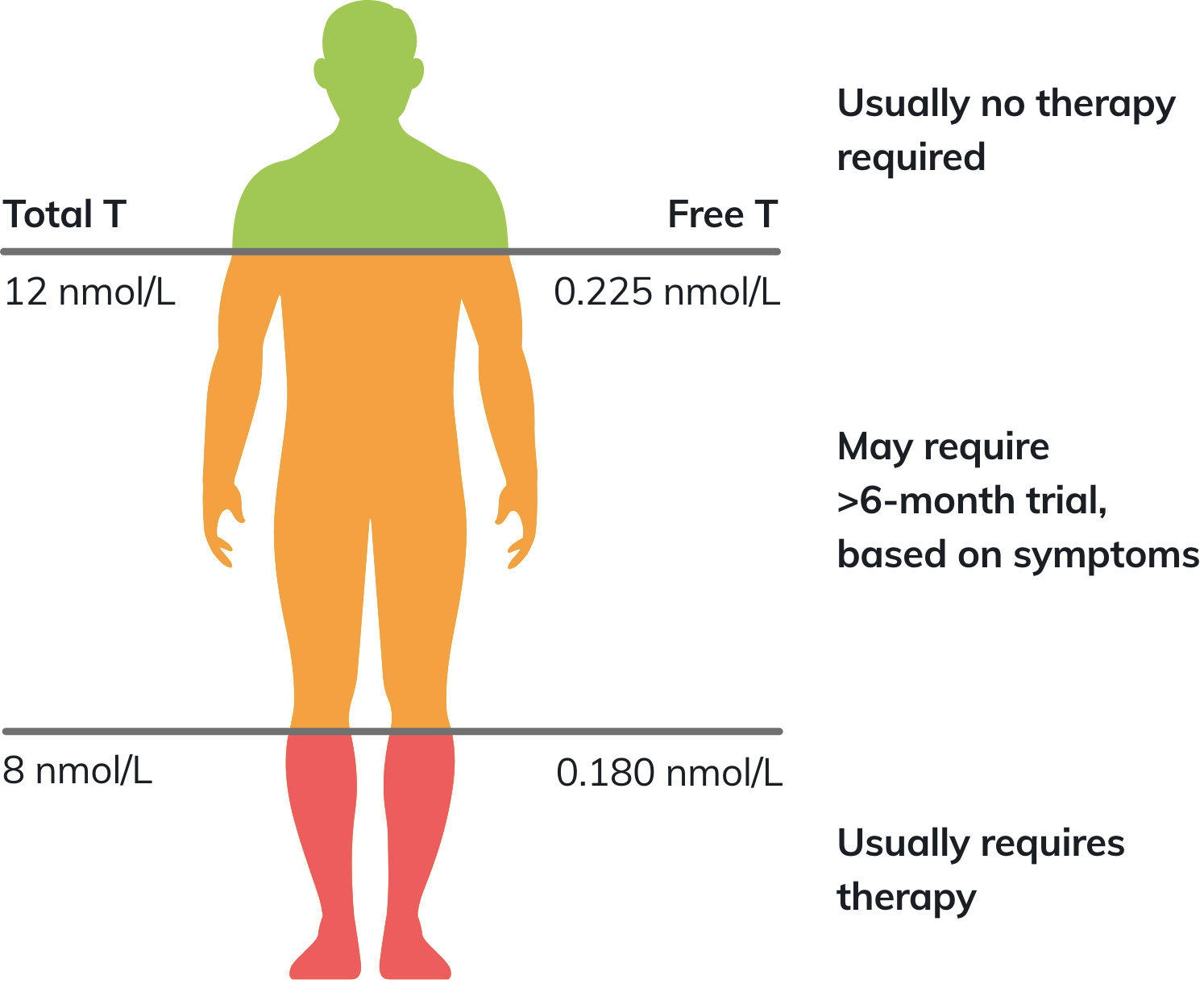For full information regarding Testogel® 16.2 mg/g gel please refer to Testogel® 16.2 mg/g Summary of Product Characteristics.
For full information regarding Testogel® 40.5 mg, transdermal gel in a sachet please refer to Testogel® 40.5 mg, transdermal gel in a sachet Summary of Product Characteristics.

